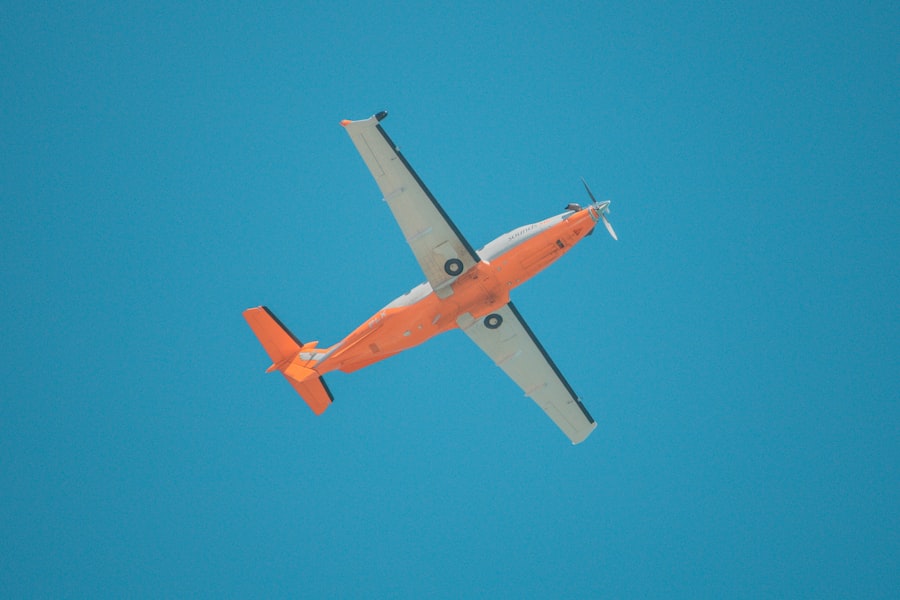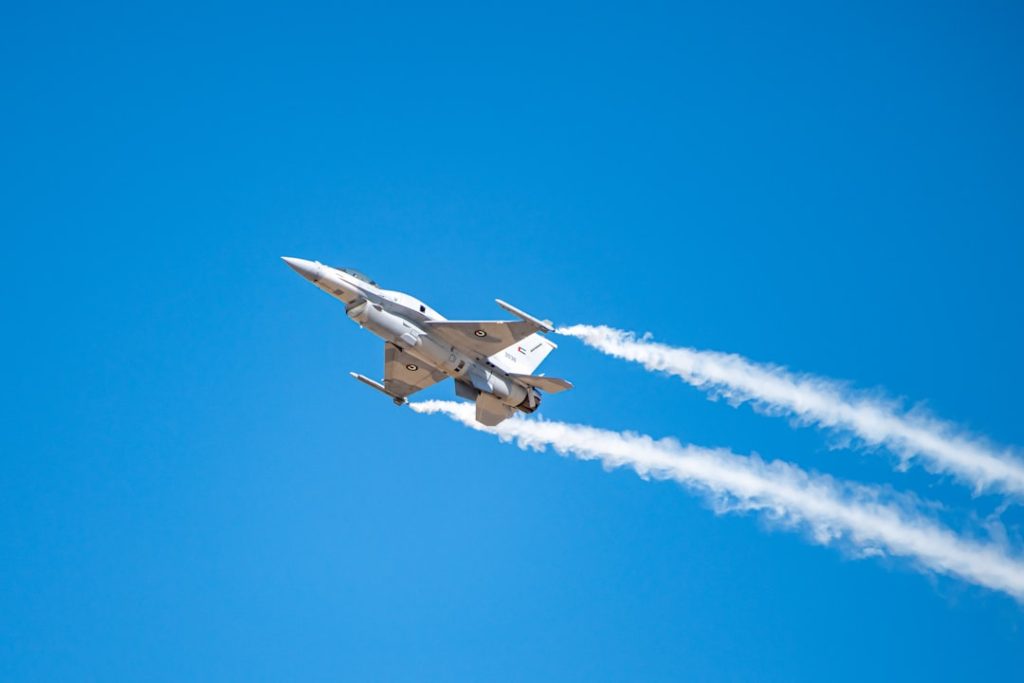Aeronautical engineering is a specialized branch of engineering that focuses on the design, development, testing, and production of aircraft and spacecraft. This field encompasses a wide range of disciplines, including aerodynamics, materials science, structural analysis, propulsion, and avionics. As the aviation industry continues to evolve with advancements in technology and increasing demands for efficiency and sustainability, aeronautical engineers play a crucial role in shaping the future of air travel.
The profession not only requires a solid foundation in engineering principles but also a deep understanding of the physical laws governing flight and the innovative application of these principles to solve complex problems. The significance of aeronautical engineering extends beyond traditional aircraft design; it also includes the exploration of space and the development of unmanned aerial vehicles (UAVs) and drones. As global challenges such as climate change and urban congestion arise, aeronautical engineers are tasked with creating solutions that minimize environmental impact while enhancing safety and performance.
The field is dynamic and multifaceted, attracting individuals who are passionate about technology, innovation, and the mechanics of flight. With the increasing complexity of aerospace systems, the demand for skilled aeronautical engineers is expected to grow, making it an attractive career choice for aspiring engineers.
Key Takeaways
- Aeronautical engineering focuses on the design and development of aircraft and aerospace systems.
- Choosing the right university involves evaluating factors like curriculum, faculty, location, and industry ties.
- Top universities are ranked based on academic reputation, research output, and graduate employability.
- The best programs offer unique features such as cutting-edge labs, strong alumni networks, and collaboration with aerospace companies.
- Research opportunities and industry connections play a crucial role in shaping successful aeronautical engineering careers.
Factors to Consider When Choosing a University
Selecting the right university for aeronautical engineering is a critical decision that can significantly influence a student’s educational experience and career trajectory. One of the primary factors to consider is the university’s accreditation status. Accreditation from recognized bodies, such as the Accreditation Board for Engineering and Technology (ABET) in the United States, ensures that the program meets high educational standards and prepares students for professional practice.
Attending an accredited program can also enhance job prospects, as many employers prefer graduates from accredited institutions. Another important consideration is the faculty’s expertise and research interests. A strong faculty can provide students with valuable insights into current industry trends and challenges.
Prospective students should look for universities where faculty members are actively engaged in research and have experience in relevant fields. This engagement often translates into opportunities for students to participate in cutting-edge research projects, internships, and collaborations with industry partners. Additionally, the faculty-to-student ratio can impact the level of personalized attention students receive, which is crucial for mastering complex engineering concepts.
Top Universities for Aeronautical Engineering

Several universities around the world are renowned for their aeronautical engineering programs, each offering unique strengths and opportunities. The Massachusetts Institute of Technology (MIT) consistently ranks at the top due to its rigorous curriculum, state-of-the-art facilities, and a strong emphasis on research. MIT’s Department of Aeronautics and Astronautics provides students with hands-on experience through various labs and projects, including work on advanced propulsion systems and autonomous vehicles.
The university’s close ties with industry leaders also facilitate internships and job placements for graduates. Another prominent institution is Stanford University, known for its innovative approach to engineering education. Stanford’s aeronautics program emphasizes interdisciplinary collaboration, allowing students to work alongside peers from other engineering disciplines as well as fields like computer science and environmental science.
This collaborative environment fosters creativity and encourages students to develop holistic solutions to complex aerospace challenges. Additionally, Stanford’s location in Silicon Valley provides unparalleled access to tech companies and startups, further enhancing students’ career prospects.
Ranking Criteria for Aeronautical Engineering Programs
| Ranking Criteria | Description | Weight (%) | Example Metrics |
|---|---|---|---|
| Academic Reputation | Perception of program quality by academics and industry professionals | 30 | Peer reviews, employer surveys |
| Research Output | Quantity and quality of research publications and projects | 25 | Number of publications, citations, patents |
| Faculty Qualifications | Level of education, experience, and awards of faculty members | 15 | Percentage of faculty with PhDs, faculty awards |
| Student-to-Faculty Ratio | Average number of students per faculty member | 10 | Ratio value (e.g., 10:1) |
| Graduate Employability | Success of graduates in securing relevant employment | 10 | Employment rate within 6 months, employer feedback |
| Facilities and Resources | Availability of labs, simulators, and other learning resources | 5 | Number of labs, equipment quality |
| Industry Collaboration | Partnerships with aerospace companies and internship opportunities | 5 | Number of partnerships, internship placements |
When evaluating aeronautical engineering programs, various ranking criteria come into play. Academic reputation is often a primary factor; this includes assessments from peers in academia as well as industry professionals regarding the quality of education provided by a program. Research output is another critical criterion; universities that produce high-quality research publications contribute significantly to advancements in aeronautical engineering and are often recognized for their contributions to the field.
Additionally, student outcomes are a vital aspect of ranking criteria. This includes graduation rates, employment rates after graduation, and average starting salaries for graduates. Programs that boast high employment rates indicate strong industry connections and effective career services that help students transition into the workforce successfully.
Furthermore, facilities and resources available to students—such as laboratories, simulation tools, and access to aircraft—also play a role in determining a program’s ranking. These resources enhance the learning experience by providing practical applications of theoretical knowledge.
Unique Features of the Best University for Aeronautical Engineering
The best universities for aeronautical engineering often have unique features that set them apart from their peers. For instance, some institutions offer specialized tracks or concentrations within their aeronautical engineering programs, allowing students to tailor their education to specific interests such as aerospace systems design or propulsion technology. This flexibility enables students to gain expertise in areas that align with their career goals while still receiving a comprehensive education in aeronautical engineering fundamentals.
Moreover, leading universities frequently provide access to cutting-edge technology and facilities that enhance learning experiences. For example, some institutions have wind tunnels for aerodynamic testing or advanced laboratories equipped with simulation software used in real-world aerospace applications. These facilities not only support academic learning but also foster innovation by allowing students to experiment with new ideas and technologies.
Additionally, partnerships with aerospace companies can lead to collaborative projects that give students practical experience while still in school.
Alumni Success and Industry Connections

The success of a university’s alumni can be a telling indicator of the quality of its aeronautical engineering program. Institutions with strong alumni networks often see their graduates excel in various sectors within the aerospace industry, including commercial aviation, defense contracting, and space exploration. Successful alumni frequently return to their alma maters to share insights with current students or participate in mentorship programs, creating a cycle of support that benefits both parties.
Industry connections are equally important; universities that maintain strong relationships with aerospace companies can provide students with valuable internship opportunities and job placements upon graduation. These connections often lead to collaborative research projects or sponsored competitions that enhance students’ practical skills while fostering innovation within the field. For instance, partnerships with major aerospace firms can result in real-world projects where students apply their knowledge to solve industry-specific challenges, thereby enhancing their employability upon graduation.
Research Opportunities and Facilities
Research opportunities are a cornerstone of any top-tier aeronautical engineering program. Leading universities often encourage undergraduate and graduate students to engage in research projects alongside faculty members who are experts in their fields. This involvement not only deepens students’ understanding of theoretical concepts but also equips them with practical skills that are highly valued in the job market.
Research areas may include topics such as sustainable aviation technologies, advanced materials for aircraft construction, or innovative propulsion systems. In addition to research opportunities, access to state-of-the-art facilities is crucial for an effective learning environment in aeronautical engineering. Many top universities invest heavily in laboratories equipped with advanced simulation tools, wind tunnels, and testing equipment that allow students to conduct experiments and validate their designs.
For example, some institutions have dedicated aerospace labs where students can work on projects involving unmanned aerial vehicles or satellite systems. These facilities not only enhance academic learning but also prepare students for real-world challenges they will face in their careers.
Making the Best Decision for Your Aeronautical Engineering Education
Choosing the right university for an aeronautical engineering education is a multifaceted decision that requires careful consideration of various factors such as accreditation, faculty expertise, research opportunities, and industry connections. By thoroughly researching potential programs and understanding what each institution offers, prospective students can make informed choices that align with their career aspirations and personal interests. The right university can provide not only a solid educational foundation but also invaluable experiences that shape future leaders in the aerospace industry.
As students embark on this journey into aeronautical engineering, they should remain open to exploring diverse opportunities within the field. The landscape of aerospace is continually evolving, driven by technological advancements and global challenges. By choosing a university that fosters innovation and collaboration while providing access to cutting-edge resources, aspiring engineers can position themselves at the forefront of this exciting industry.
Ultimately, investing time in selecting the right program will pay dividends throughout their careers as they contribute to shaping the future of aviation and space exploration.




